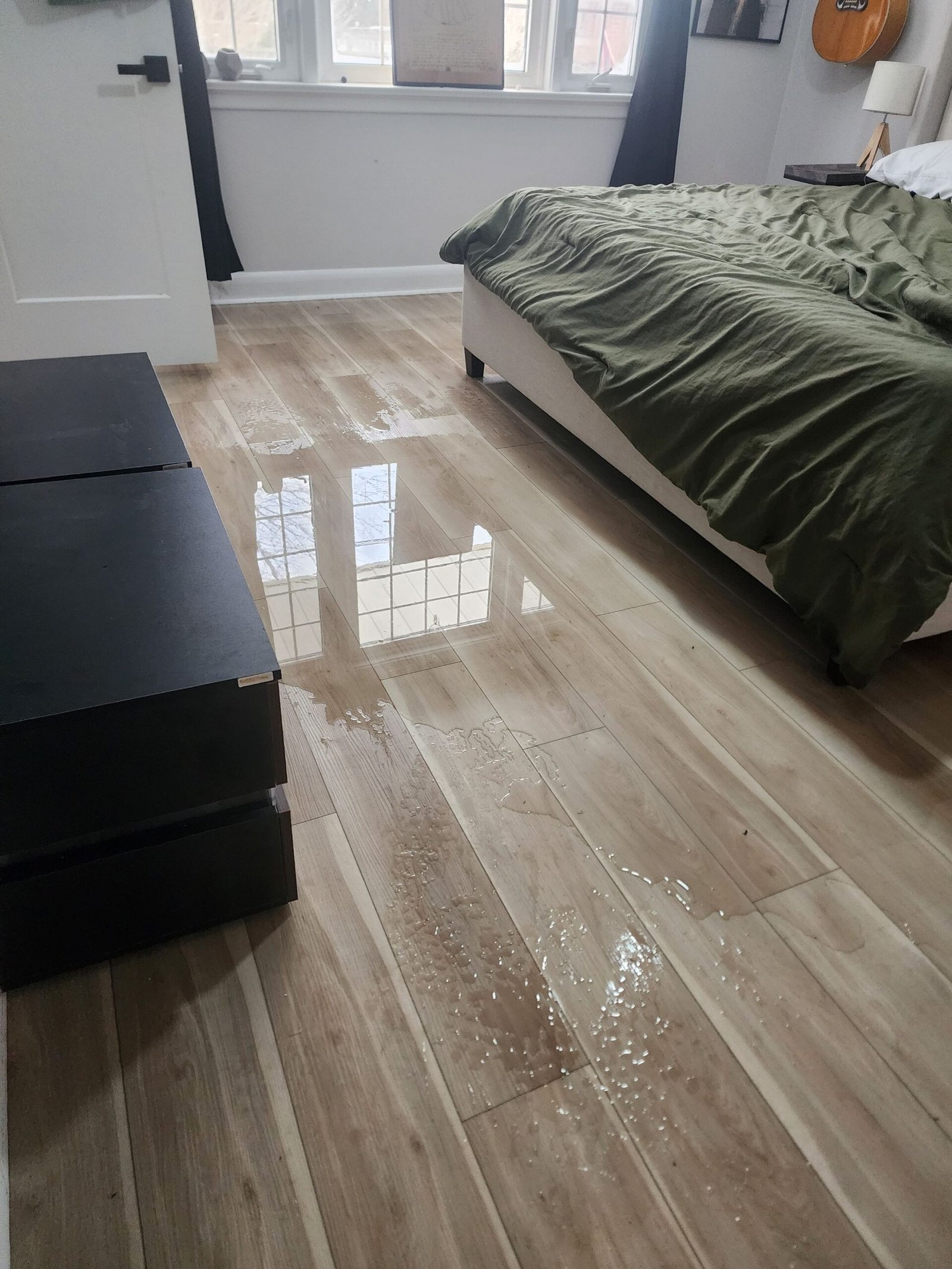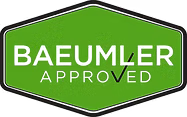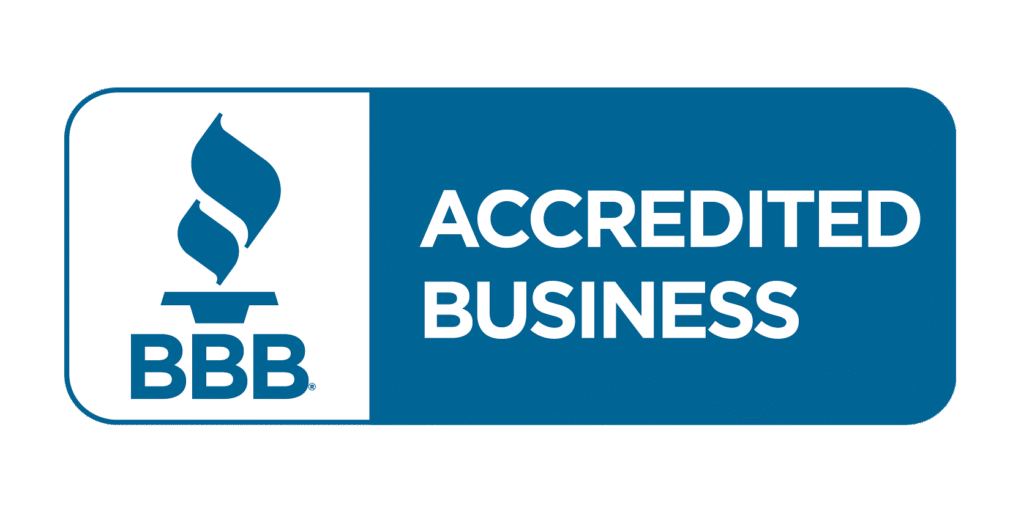Experiencing flooding in Toronto can be a traumatic event for homeowners and businesses alike. The aftermath of such an incident often leaves individuals feeling overwhelmed and unsure of how to proceed.
In Toronto, heavy rains and sudden storms can cause serious water damage. Knowing what to do after flooding is important for effective recovery. If you have a flooded basement, like many in Toronto, this article will help you. It covers important steps to take, the flood restoration process in Toronto, and ways to prevent future problems.
Understanding the Causes of Flooding
Flooding can occur because of various factors, and recognizing these causes is the first step in prevention and recovery.
Common Causes of Flooding
- Heavy Rainfall: Intense storms can overwhelm drainage systems, leading to water accumulation in basements and low-lying areas. These events often require storm damage restoration Toronto services.
- Snowmelt: In spring, melting snow can cause rivers and streams to overflow, contributing to flooding.
- Sump Pump Failure: A malfunctioning sump pump can lead to basement water damage Toronto, especially during heavy rains.
- Clogged Drains: Debris, leaves, and tree roots can block drains. This stops water from flowing away from homes. It often leads to the need for water cleanup services that Toronto homeowners depend on.
Recognizing Vulnerable Areas
Certain areas of a property are more susceptible to flooding. Homeowners should pay attention to:
- Basements: Often the first place to accumulate water, especially in a flooded basement Toronto scenario.
- Low-lying yards can become waterlogged if they do not drain well.
- Near Water Bodies: Properties close to rivers or lakes are at higher risk during heavy rains.
Immediate Actions to Take After a Flood
When faced with flooding, swift action is essential to minimize damage and ensure safety. If you’re wondering what to do after flooding Toronto weather has caused, start with these steps:
Safety First
- Turn Off Utilities: Before entering a flooded area, disconnect electricity and gas to prevent electrocution or explosions.
- Assess Structural Integrity: Check for any signs of structural damage before entering. If the building appears compromised, wait for professionals.
Document the Damage
- Take Photos: Capture images of the damage for insurance claims. Document everything, including water levels and affected belongings.
- Make a List: Create a detailed inventory of damaged items, noting their condition and estimated value.
Engaging Professional Help
After ensuring safety and documenting the damage, it’s time to seek professional assistance. Many turn to flood cleanup Toronto experts at this stage.
Choosing a Restoration Company
- Research Local Services: Look for companies specializing in water damage restoration Toronto. Check reviews and ratings.
- Verify credentials by ensuring the company holds licenses, insurance, and certification from relevant authorities.
The Restoration Process
- Water Extraction: Professionals will use specialized equipment for emergency water removal Toronto and to remove standing water quickly.
- Drying and Dehumidification: After extraction, you must thoroughly dry the area to prevent mold growth. This may involve industrial fans and dehumidifiers.
- Cleaning and Sanitizing: We will clean and treat all surfaces to eliminate contaminants and prevent health hazards.
Health and Safety Considerations
Floodwaters can pose serious health risks due to contamination.
Potential Hazards
- Mold Growth: Mold can develop within 24–48 hours after flooding, leading to respiratory issues and other health problems.
- Bacterial Infections: Floodwaters may contain harmful bacteria, making it crucial to sanitize affected areas.
Protective Measures
- Wear Protective Gear: When cleaning up, use gloves, masks, and boots to protect against contaminants.
- Consult Health Professionals: If you experience health issues after exposure to floodwaters, seek medical advice promptly.
Insurance Claims and Financial Considerations
Navigating insurance claims can be daunting, but it’s a vital step in the recovery process.
Understanding Your Policy
- Review Coverage: Check your home insurance policy to understand what types of water damage are covered.
- Contact Your Insurer: Notify your insurance company as soon as possible to initiate the claims process.
Documenting Your Claim
- Provide Evidence: Submit photos, lists of damaged items, and any repair estimates to support your claim.
- Keep Records: Maintain copies of all correspondence with your insurer for future reference.
Repairing and Rebuilding
Once the immediate flood cleanup Toronto phase is complete, it’s time to focus on repairs and rebuilding.
Assessing Damage
- Structural Repairs: Engage professionals to evaluate and repair any structural damage to the foundation, walls, or roof.
- Replacing Damaged Materials: Remove and replace water-damaged materials such as drywall, insulation, and flooring.
Enhancing Resilience
- Flood-Resistant Materials: Consider using materials designed to withstand water exposure, such as waterproof flooring and mold-resistant drywall.
- Elevating Utilities: Raise electrical systems and appliances above potential flood levels to minimize future risks.
Preventative Measures for Future Flooding
Taking proactive steps can help reduce the likelihood of future flooding.
Landscaping and Drainage
- Improve Grading: Ensure that the landscape slopes away from the foundation to direct water away from the home.
- Maintain Gutters and Downspouts: Regularly clean gutters and ensure downspouts direct water away from the foundation.
Installing Flood Prevention Systems
- Sump Pumps: Install or upgrade sump pumps to manage groundwater effectively.
- Backwater Valves: Consider installing backwater valves to prevent sewage backup during heavy rains.
Community Resources and Support
In the aftermath of flooding, Toronto flood recovery services and community resources can provide valuable support.
Local Assistance Programs
CPR24 Restoration Services: As a trusted local provider, CPR24 Restoration offers professional support to Toronto homeowners dealing with flood damage. Our team helps clients navigate the flood recovery process from start to finish—including documentation for insurance claims, emergency water removal, and full-service water damage restoration in Toronto. We work directly with many homeowners who qualify for municipal or insurance-based financial assistance to ensure fast, efficient recovery.
Community Support Guidance: If additional help is needed, CPR24 can connect clients with local non-profits and community organizations that offer supplementary resources for flood recovery and rebuilding. We’re here to support you beyond just cleanup—our goal is to restore your property and peace of mind.
Building Community Resilience
- Neighborhood Initiatives: Join or form community groups focused on flood preparedness and response.
- Education and Training: Participate in workshops or training sessions on flood prevention and emergency response.
Conclusion
Recovering from flooding in Toronto requires a comprehensive approach that encompasses immediate actions, professional assistance, and long-term preventative measures. Homeowners can handle the recovery process well by understanding why flooding happens, acting quickly, and working with experts. Additionally, implementing preventative strategies can help mitigate future risks, ensuring a safer environment for all. Remember, the key to resilience lies in preparation, community support, and informed decision-making.
This article gives a clear overview of what to do after flood restoration Toronto. It highlights the need for quick action, professional flood restoration services, and long-term prevention strategies. By following these guidelines, people can manage the effects of flooding. This will help create a safer and stronger future.








